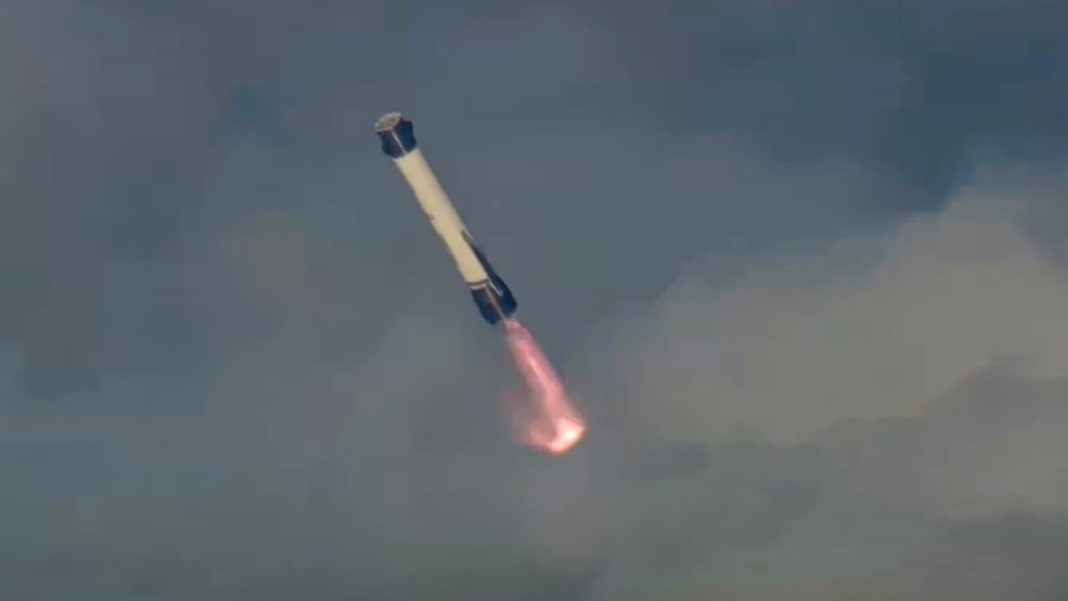Key Takeaways
- Blue Origin successfully landed its massive New Glenn rocket after launching NASA’s ESCAPADE Mars mission
- The 321-foot booster touched down on droneship ‘Jacklyn’ in the Atlantic Ocean
- This marks Blue Origin’s second orbital flight and positions them as a serious competitor to SpaceX
Jeff Bezos’s Blue Origin has achieved a major milestone in reusable rocket technology, successfully landing its colossal New Glenn first-stage booster after launching NASA’s ESCAPADE mission to Mars. The building-sized rocket completed its autonomous touchdown on the Atlantic Ocean droneship approximately nine minutes after liftoff from Cape Canaveral.
Mission Details and Rocket Specifications
The 321-foot-tall New Glenn, powered by seven BE-4 engines using liquid methane and oxygen, carried NASA’s twin ESCAPADE spacecraft designed to study Mars’ magnetosphere and solar wind interactions. The booster executed a controlled descent by reigniting its engines, slowing for precise touchdown on the floating platform about 375 miles downrange.
ESCAPADE’s spacecraft were deployed over 30 minutes after launch into a novel Earth-Moon Lagrange Point orbit before beginning their journey to the Red Planet.
Significance for Reusable Rocket Technology
This successful landing positions Blue Origin alongside SpaceX in the reusable rocket arena, demonstrating critical technology for reducing launch costs and increasing flight frequency. The company plans to reuse this particular booster for up to 25 future flights following proper refurbishment.
The mission performed flawlessly despite challenging conditions, including residual geomagnetic storms from recent solar activity. The 22-month ESCAPADE mission aims to provide fresh insights into Mars’ atmospheric erosion, supporting future human exploration plans.
With its heavy-lift capability and reusability, New Glenn represents Blue Origin’s growing role in NASA’s interplanetary exploration efforts and the broader commercial space race. The achievement underscores the importance of reusable launch technology for making space more accessible and sustainable.





